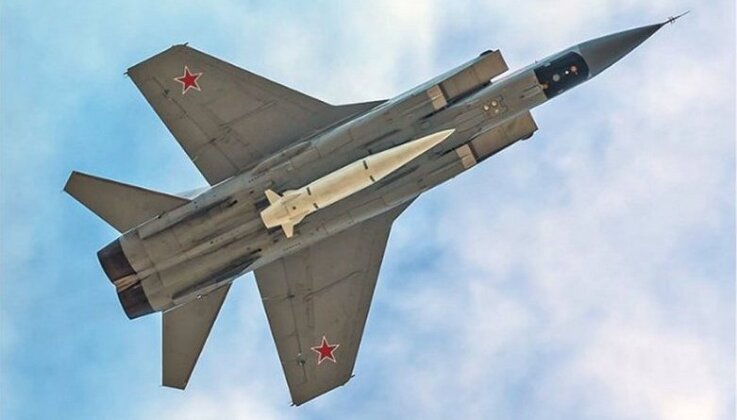Entering serial production in June 2019, and subsequently being inducted into the Russian Air Force in December 2020, the Su-57 next generation heavyweight fighter represents product of a highly ambitious program to develop the first entirely new Russian fighter airframe since the Soviet collapse. The fighter is set to replace the Su-27 Flanker and its many advanced derivatives in frontline service over the coming decades, and will integrate a number of sixth generation technologies such as artificial intelligence, laser weapons and powerful Saturn 30 engines – all of which are currently being tested for integration onto the airframe.
It has gained considerable attention for features including its three dimensional thrust vectoring engines, its unprecedentedly large internal weapons capacity and its laser defence systems. While the Su-57’s combat capabilities make it a leading potential challenger for new American designs, namely the F-35A and the upcoming F-X sixth generation fighter, an assessment of the aircraft’s weaponry, and in particular the two classes of hypersonic missile it fields, indicate a potential to seriously disrupt and potentially collapse altogether combat operations by American stealth fighters without engaging them directly. Such a capability is particularly useful considering that the Su-57 is expected to be overwhelmingly outnumbered in the event of a major war with NATO. The hypersonic weapons in question are the Kh-47M2 Kinzhal air launched ballistic missile and the R-37M air to air missile – both of which are expected to be integrated onto the Su-57 before 2025.
Continue reading Here

